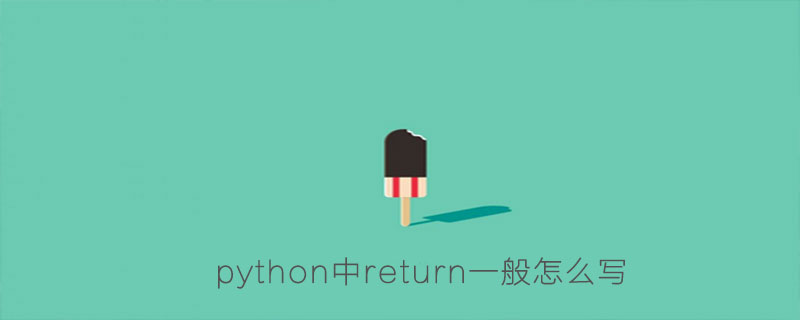python中return一般怎么写

python中return的用法
1、return语句就是把执行结果返回到调用的地方,并把程序的控制权一起返回
程序运行到所遇到的第一个return即返回(退出def块),不会再运行第二个return。
例如:
def haha(x,y): if x==y: return x,y print(haha(1,1)) 结果:这种return传参会返回元组(1, 2)
2、但是也并不意味着一个函数体中只能有一个return 语句,例如:
def test_return(x): if x > 0: return x else: return 0 print(test_return(2))
3、函数没有 return,默认 return一个 None 对象。
递归函数中没有return 的情况:
def recurve(a,b): if a%b==0: return b else: gcd(b,a%b)
分析:else 中没有 return 就没有出口,这个程序是自己内部运行,程序没有返回值,
4、在交互模式下,return的结果会自动打印出来,而作为脚本单独运行时则需要print函数才能显示。
python中什么是交互模式:结尾有3个>符号(>>>)。>>>被叫做Python命令提示符(prompt)。
输入一行python代码就会执行该代码,这种模式就叫做Python交互模式(interactive mode)。
来源:PY学习网:原文地址:https://www.py.cn/article.html